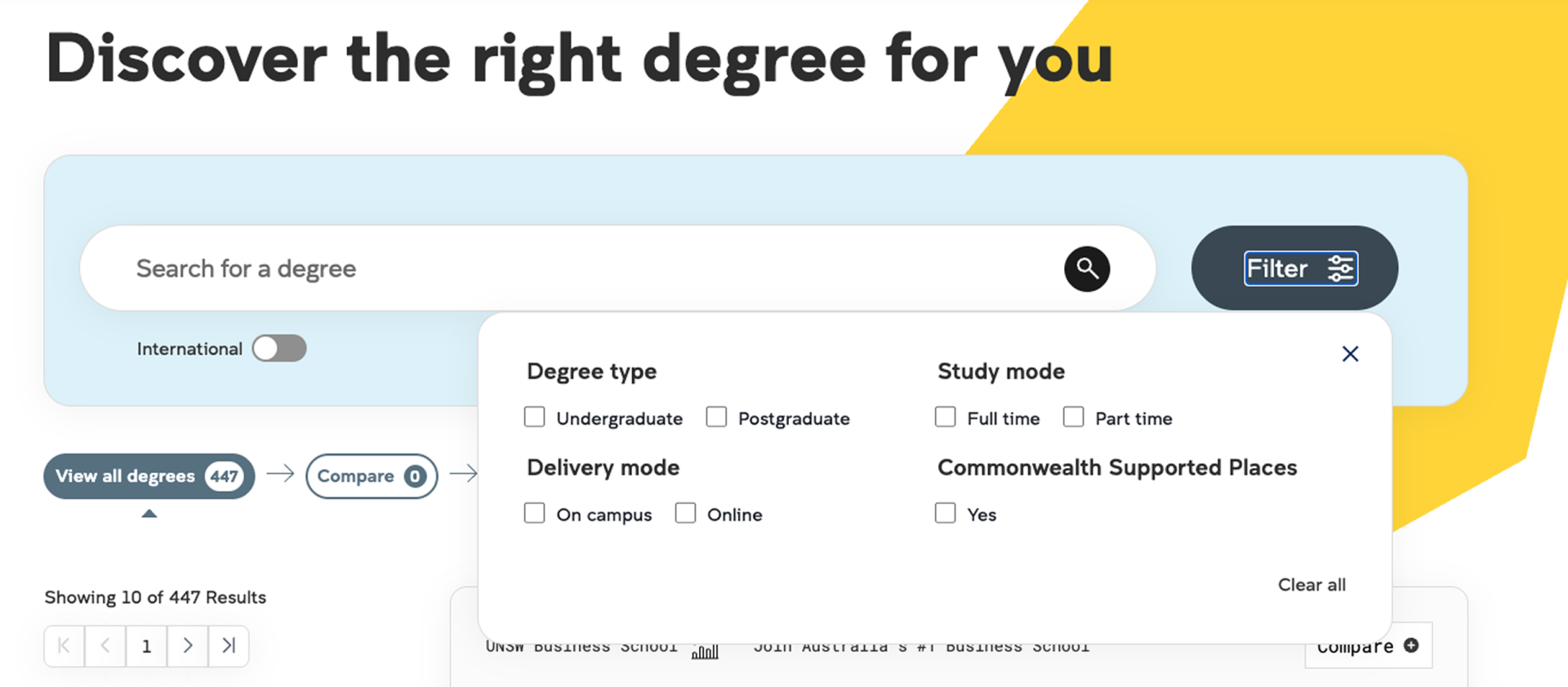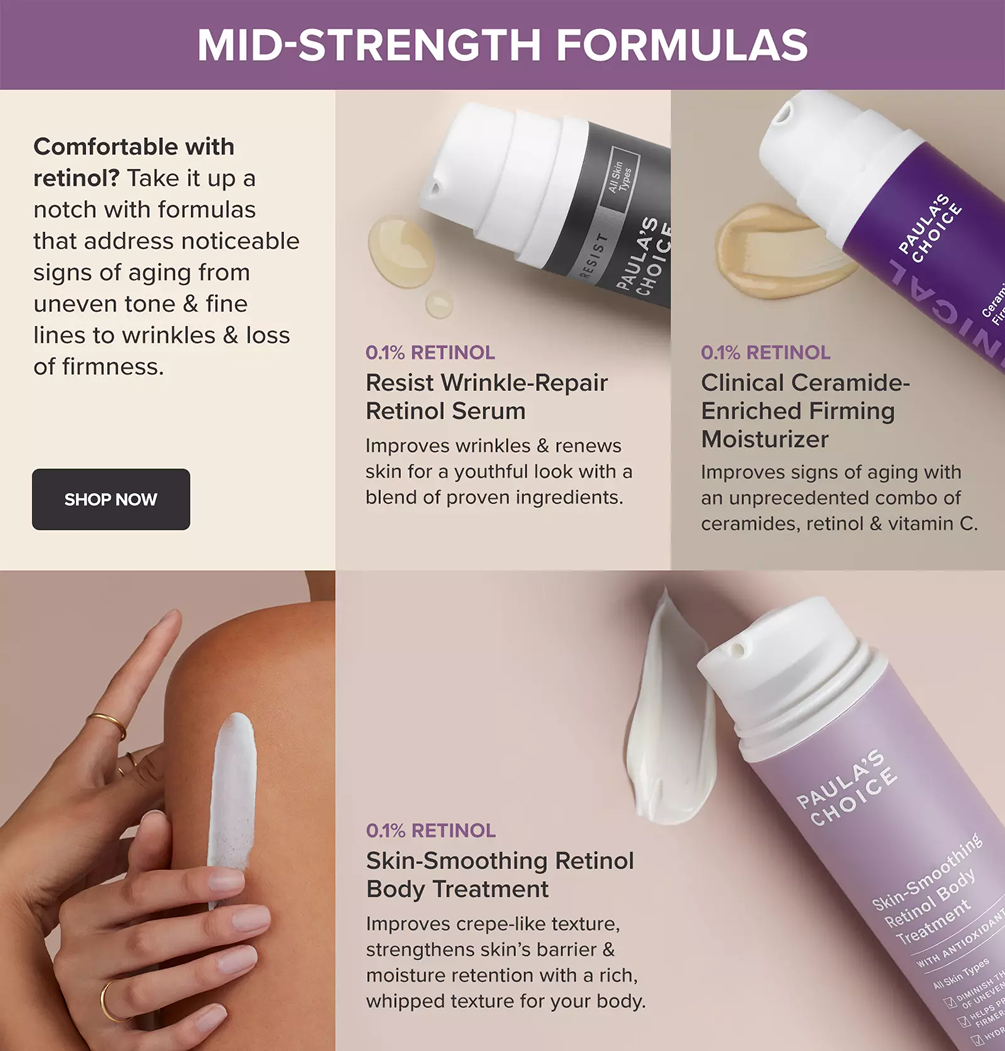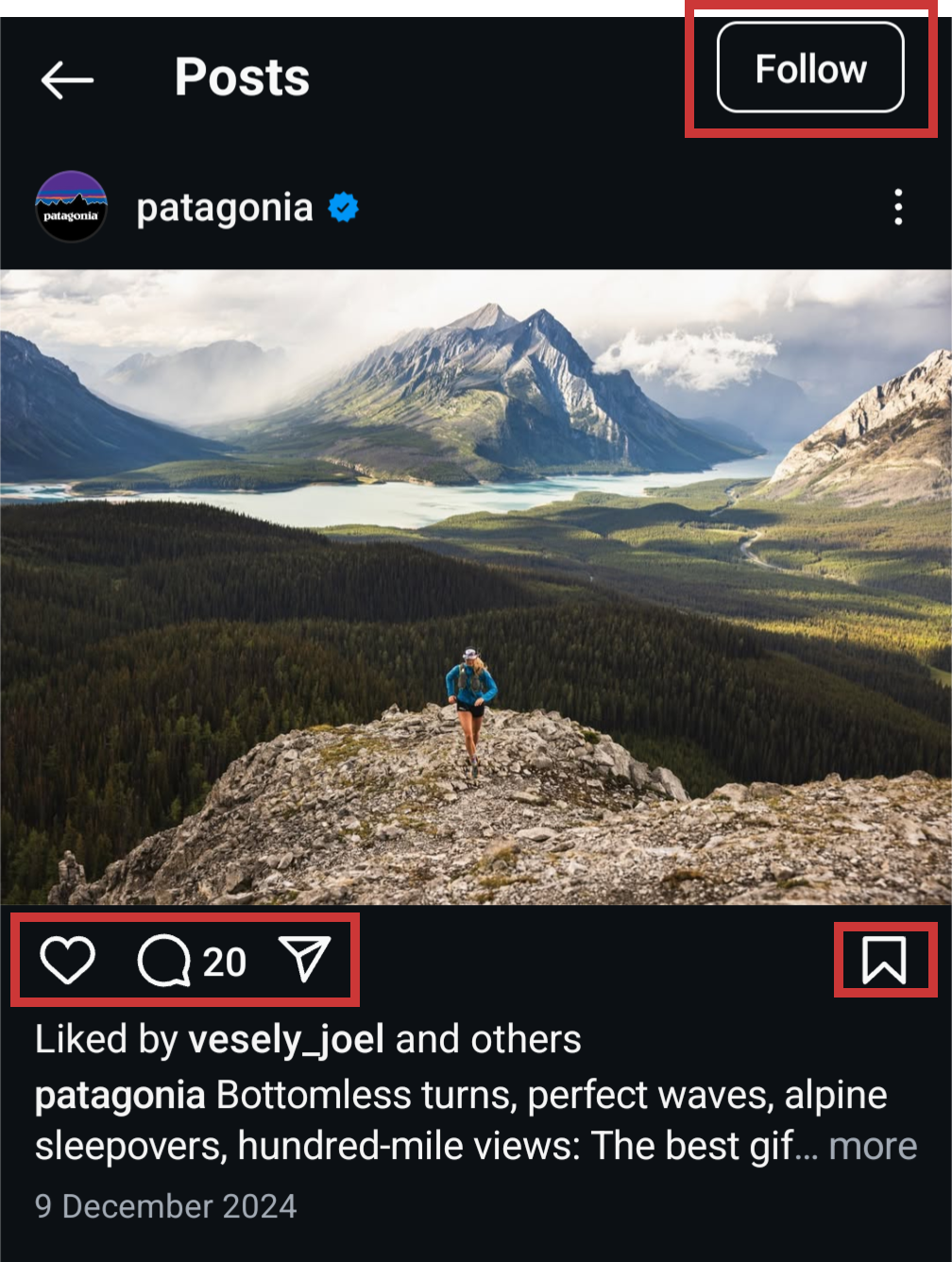What is a content strategy and why you need one
Page last updated: 21 March 2025
Contents
What is a content strategy?
A content strategy is a plan that defines how you'll deliver different types of content to your audience. A clear strategy benefits a company by making content creation more efficient and effective.
Documented guidelines, tools and resources ensure that all content extends the company brand. When you define a content strategy, you empower all writers to implement consistent messaging and workflow processes.
A content strategy ultimately leads to stronger audience engagement and higher conversion rates.
A content plan helps you craft content that is:
-
useful
-
engaging
-
relevant
-
effective
-
customer centric
-
aligned with business goals and objectives.
Before you type a single word, you should refer to your content strategy. It will give you the confidence to write content in a structured and brand-compliant way across each channel and product.
How you write for a website landing page may be very different from how you craft messaging on a LinkedIn post. Your tone might change. The words might differ. The outcome might be to inform rather than sell. Your content strategy will tell you what style to apply: when, where and how. It takes the guesswork out of writing.
In a nutshell, a content strategy is a content plan.
“Content strategy plans for the creation, delivery, and governance of useful, usable content.”
Kristina Halvorson, CEO and Founder of Brain Traffic.
The 7 key components of a content strategy
A content strategy has 7 parts that determine how, why and when you deliver information to your users. It also outlines what that content looks like and the outcome it should achieve.
1. Content channels
A website, Instagram or product account.
2. Content types
Articles, landing pages and calls to action.
3. Content calendar
A schedule for the publication of content to ensure a timely delivery.
4. Referenced data to inform decisions
KPIs and metrics to indicate the success of your content.
5. Target audience and their preferences
Detailed list of your audience segments with an outline of their wants, needs, demographics, pain points and interests.
6. Content roles and responsibilities
A list of who writes, edits, approves and publishes content.
7. Content goals and objectives
Specific goals for your content are tied to your business strategy.
What a “good” content strategy looks like
To design a content strategy that can deliver results, it needs to be easy to understand, action and measure.
A "good" strategy takes time to curate. It's based on a content style guide and user insights gathered over time. Your document should evolve as you learn more about your users and experiment with different types of content.
"A content strategy flips the tables on traditional, linear marketing by defining the process and then securing the right resources for producing a consistent stream of content mapped to buyer needs across all phases of the buying cycle."
David Bebee, Producer and Brand Marketer.
It knows your audience
Understanding your audience allows you to deliver content that targets their needs, interests and problems (or queries). If you have more than one type of audience, segment them.
To define your target audience, gather audience insights. Use these insights to determine what content to deliver to them: how and when.
To define your target audience, gather audience insights. Use these insights to determine what content to deliver to them: how and when.
Tip
Base your delivery mode on different persona needs and channel expectations. One size does not fit all.
Successful content strategies
Grab the audience’s attention
Measure clicks, not just impressions. Attention is when the user engages: reads, scrolls and navigates.
Share relevant and interesting information specific to your audience
Go niche. Forget being broad and generic.
Drive brand trust and positive perception
Every channel is an extension of your brand. Test your content for inconsistencies across all products and channels. Use AI prompts to help you scale your reviews.
Lower support costs
You may not get results immediately, but you should start to notice fewer people are asking questions like, "I don’t understand this?" and "Where can I find this information?"
Reduce the cost of generating leads and converting customers
When you deliver value, you grow organically. Content is a long game, so you may not see more conversions instantly. Over time, you may notice a reduction in the time it takes to convert as users feel more confident in what they’re signing up for.
Stand out in a loud and busy world
Your content ranks high on Google (without paid SEO strategies) and it receives high impressions on your social channels. Measure your SEO to know how your content is performing against competitors.
It’s personal and tailored
Personalised content is becoming the standard for all content, especially for the web. It addresses your audience's specific needs, interests and pain points, making it more relevant and engaging
When content resonates with your audience, they are more likely to interact with it, share it and return for more. By showing that you understand and care about your audience's needs, you build trust and foster stronger relationships.
Tailored content often includes specific keywords and topics your audience is searching for. When your audience feels that your content is specifically designed for them, they are more likely to remain loyal to your brand
This example from UNSW shows how you can segment customers and change the type of content that’s delivered.
An example of serving different content to each audience segment

Image source: UNSW find a degree or course.
It's relevant
Your audience is the judge of that.
Content should fall into one of the following categories:
-
entertaining
-
valuable
-
informative
-
useful
-
helpful
-
thought-provoking
-
inspiring
-
educational.
Your content strategy should tell you:
-
who you need to target
-
what user need you’re responding to
-
what type of content to deliver.
You need to start somewhere, so focus on your company objectives first. Then, over time, adjust your strategy as you gather more research and learn more about your audience.
It’s backed by user research
A good content strategy is constantly improving based on data and customer feedback. What makes a content strategy “good”? Performance.
The success of your content strategy is measured by the goals you set and the metrics that prove it.
Before launching a piece of content, consider who you're targeting and how to provide value. These insights are critical when planning and designing content.
Types of user research
Surveys
Diary studies
Interviews
Focus groups
Highlighter tests
A/B tests
Field studies
Information architecture tests
Data and analytics from CRMs, Web Analytics and SEO tools
Through a mix of these methods, you can create a customer persona.
When you take the time to understand your audience, you can deliver the right content at the right time.
Using customer insights to provide a tailored user experience
How data can inform the content approach
Paula's Choice sent an email to a customer who had purchased a trial-size retinol 2 weeks ago. They designed content that acknowledged the customer's previous purchase.
Paula’s Choice personalised the email content by displaying all relevant retinol products. Using buyer data informs the content marketer what information to give the user that will generate higher engagement and conversions.
Paula’s Choice personalised the email content by displaying all relevant retinol products. Using buyer data informs the content marketer what information to give the user that will generate higher engagement and conversions.
Image source: Paula's Choice.

It has clear goals
Your content team does not scratch their head wondering if their content was successful. A good content strategy has objective and measurable goals defining attainable content outcomes (not pie in the sky).
Common content goals are increased web traffic, brand awareness and audience conversion. But we encourage you to go deeper than that.
How to give your content goals
If you're delivering content for a survey, you might create a landing page, a social post and the survey itself. All this content is part of a research campaign.
You could split your outcome into 2 goals:
You could split your outcome into 2 goals:
- The overarching content goal for the research campaign.
- Specific goals for each type of content.
Content goal examples
-
Research campaign goal: 1,000 submissions from 3 audience types.
-
Landing page goal: 8,000 page views and 1,200 survey CTA clicks.
-
Social post: 50,000 impressions, 150 reactions, 20 re-shares and a 30% click-through rate.
-
Survey: 90% completion rate, 1,000 submissions.
Your goals will vary depending on the content type and platform. Decide what you want from your users at each step. Do you want them to be informed, make a purchase or give you their details?
Research the metrics that are linked to the results you want to achieve. Outline the metrics that can measure your success against your goals. Consider both industry benchmarks and the previous performance of your content to set realistic goals. This Semrush blog on content performance breaks down metrics and what you can learn from them.
Setting goals based on user actions
How each user action has a different goal
Here’s an Instagram post from Patagonia. The ‘Follow’ button will have a different KPI than ‘Reaction’, ‘Comment’, ‘Save’ and ‘Share’ buttons. It’s unlikely to expect that everyone who reacts to the post will also comment and share it.
Image source: Patagonia.

Tip
Research the industry benchmarks of your platforms. This will help you determine what engagement rates you should aim for. Over time, conduct an audit of the performance of each post, page or screen to give you a picture of your actual results.
Start using your actual results as a benchmark and set stretch goals that allow you to hit or surpass your competitors. This approach will give you tangible metrics that are adjusted to suit your niche – not the entire industry.
Start using your actual results as a benchmark and set stretch goals that allow you to hit or surpass your competitors. This approach will give you tangible metrics that are adjusted to suit your niche – not the entire industry.
It has a consistent brand voice
Every brand should have a unique tone and personality. Your content needs to reflect that and build on the brand personality.
Develop the brand voice and tone before you start creating a content strategy. Ensure your tone adjusts to suit each platform. What you say in emails and on LinkedIn might be the same. But how you say it may differ.
Each content type might have a different tone, too. You might adopt a serious tone to inform users about a security alert. On the same website, you might use a playful tone to market a new feature.
As always, design content that makes sense for your brand, audience, content type and delivery mode.
An example of a tone of voice scale

It has a content calendar that’s accessible to everyone
A content calendar helps you track where most of your activity happens and identify any gaps. It’s easy to understand and captures all tasks at a glance.
Content calendars also include key business dates such as product launches, sales periods and external events. Depending on your organisation, include holidays that impact how you deliver content, like Christmas or Valentine's Day – and don’t forget the Public Holidays.
It breaks down silos with a collaborative workflow process
Content designers do not work in silos.
Content plans and calendars are often created in collaboration with other teams that need content support to:
Content plans and calendars are often created in collaboration with other teams that need content support to:
-
release a new product
-
market a new feature
-
publicise events
-
strengthen brand awareness
-
reach sales targets
-
reduce cost per lead.
Content creation is influenced by many teams within a business, so it’s critical to get the right people involved at the right stage. Creating a RACI matrix (Responsible, Accountable, Consulted and Informed) defines who needs to be involved and when.
Develop a content workflow
Developing a content workflow gets other teams across the process and outlines roles and responsibilities.
Workflows define how teams within an organisation feed into the content strategy and at what stage.
An example of a content workflow

To share information with other teams and surface content work, consider creating templates, briefs and tasks.
Create your own templates with software such as:
Part of your content plan should consider:
-
who to connect with
-
how often cross-functional meetings happen
-
building room in for last-minute delays such as final approval pending.
Tip
Understand your company’s product lifecycles when you’re creating content plans. How often are products refined? How many new products are launched in a specific period (such as a quarter)? What is the timeframe from ideation to launch?
By answering these questions, you can better plan, predict and manage your content calendar.
Your content team can easily implement it
There’s no point in creating a content strategy if no one follows through with it. Can your words on a page be actioned? Can content designers visualise how to apply your tone and voice guidelines? Is your content calendar set up so that others can access it?
To design a self-driving content strategy, consider adding the following:
-
best practice examples that show, not only tell, what engaging content looks like
-
case studies that demonstrate content that’s met the metrics set by your strategy
-
examples of each content type, calling out the target audience and why certain content decisions were made. For example, why a verb and not a noun was the first word used in a call-to-action
-
guidance on how to access and use each tool, from a content calendar to a data dashboard.
Why a content strategy is important
A content strategy is essential to content creators, leadership and the business. It ensures content efforts align with overarching business goals. Every piece of content, in fact, every word produced, serves a clear purpose.
You, the writer, might know why investing time in creating a content strategy is important, but communicating that to leadership is another story. It’s not always as easy as sending a link to a document.
It’s vital to show how a content strategy provides benefits to different people and teams.
"No matter how brilliant your designs are, if the content is bad, the honeycomb crumbles."
Peter Morville, The User Experience Honeycomb.
Benefits of a content strategy
Content creators
-
You can set clear goals and expectations.
-
You work in a state of calm rather than chaos.
-
You focus more on proactive work and less on overactive work.
-
You have data to inform your content decisions.
-
You know what to focus on and what to explore.
-
You can demonstrate activities past and planned.
-
You know who’s part of the process.
-
You have the tools you need to operate effectively and efficiently.
Company
-
You know top-level priorities are embedded in all content activities.
-
You can scale content activities across teams.
-
You have oversight on what your team is doing today and tomorrow.
-
You feel comfortable with the budget you spend on content.
-
It’s easy to forecast the budget needs for content creation and management.
-
The return on investment is clear.
-
Content strategies are lasting and can outlive content specialists.
Audience
-
Your needs and preferences are understood and considered.
-
There’s a logical plan to deliver relevant, helpful and compelling content to you.
-
You’re not harassed across platforms.
-
You’re not misled or confused at any point.
-
You get value from the content.
-
You feel the content is designed for your needs.
-
Content answers your questions.
-
You can easily understand and access information.
Empty space, drag to resize
A strategic approach to content allows content designers to operationalise and streamline processes. It gives them a straightforward way to measure success. It also shows them how they're directly helping the business to grow.
A robust content strategy ultimately positions us as thought leaders in our industry and fosters stronger, more loyal customer relationships.
Content is the foundation for success. Without “good” content in the right place, teams and organisations cannot achieve their goals or objectives.
How to start a content strategy
To help you create a content strategy, we’re going to lift the lid after years of making them.
A good strategy that delivers excellent results is not quick, but you get out what you put in.
Your first question to answer: who is this for?
The best way to start creating a content strategy is through user stories and business objectives. At Content Design Hub, we find harmony between the 2.
User story
As a [persona]
I want to [action]
So that I can [desired outcome].
When starting a content strategy, we begin with existing research and artefacts.
-
Business objectives.
-
Personas.
-
User stories that respond to each persona's needs and pain points.
When you write a user story, you place the customer at the heart of what you create. The content strategy is user-centered and business-focused. It doesn’t tell you what to write but informs your direction. It takes the guesswork out of the content process.
Let your customers and audience inspire you. Listen to their comments and respond to their behaviour. When you understand the metrics, you’ll know how to curate ridiculously good content experiences.
Define your outcome
The results you can achieve with a well-designed content strategy are endless. When beginning Content Design Hub, we asked ourselves: what do we want our content to achieve, and what action do we want users to take?
For our blog, we want to:
-
generate brand awareness
-
drive traffic to our website
-
build content capability
-
connect users to our other content services like coaching
-
give back to the community by offering free educational resources.
Like us, you may have some things you want to achieve. Define your content outcomes first and then work back.
"When you try to be everything to everyone, you accomplish being nothing to anyone.”
Bonnie Gillespie, Casting Director.
When we decided on the specific goals we wanted to achieve, we had to figure out how we’d benchmark these results.
We added Google Analytics to our website, captured data from our emails and reviewed engagement on our LinkedIn posts. We started with the basics and then added SEO tools, heatmaps and Google Tag Manager to track website events like button clicks.
Each channel we publish content on has multiple metrics tied back to an objective goal.
Cover all relevant channels
When writing the Content Design Hub strategy, we quickly realised we couldn't do it all. Trying to hit every channel at once requires dedication and time. Think of it like the saying, “jack of all trades and master of none.”
When you start, pick one or 2 channels to prioritise and focus on. Choose the channels and content types that will generate the most impact up front. Hint: it’s where your users are engaging the most.
10 years ago, companies would create visual or written content and copy and paste the same content on every platform they used. Experience and research have proven that this approach does not work. Users expect something different from each channel, whether that's a 10-second video or a quote pulled from a blog post.
Consider the needs of the organisation and the user
Content strategies are a fantastic way for content specialists to exceed expectations - for the organisations and their users.
By considering the needs of both the company and the customer, you can create a win/win content strategy.

Author bio
Emma Followill is a content specialist across traditional and digital content. She delights in creating rich customer experiences by creating content that’s impactful.
Upskilling
Content strategy coaching
Get expert feedback on your content strategy with a free 30-minute coaching session. If you're not sure where to start, we can help with that too!


Content Design Hub is a marketplace for individuals and companies to learn, upskill and invest in specialised content skills.
We're grateful to the Traditional Owners of the lands throughout Australia on which we live, learn and work. We pay our respects to their Elders, past, present and emerging.
Social media
Copyright © Content Design Hub 2025. All rights reserved.

